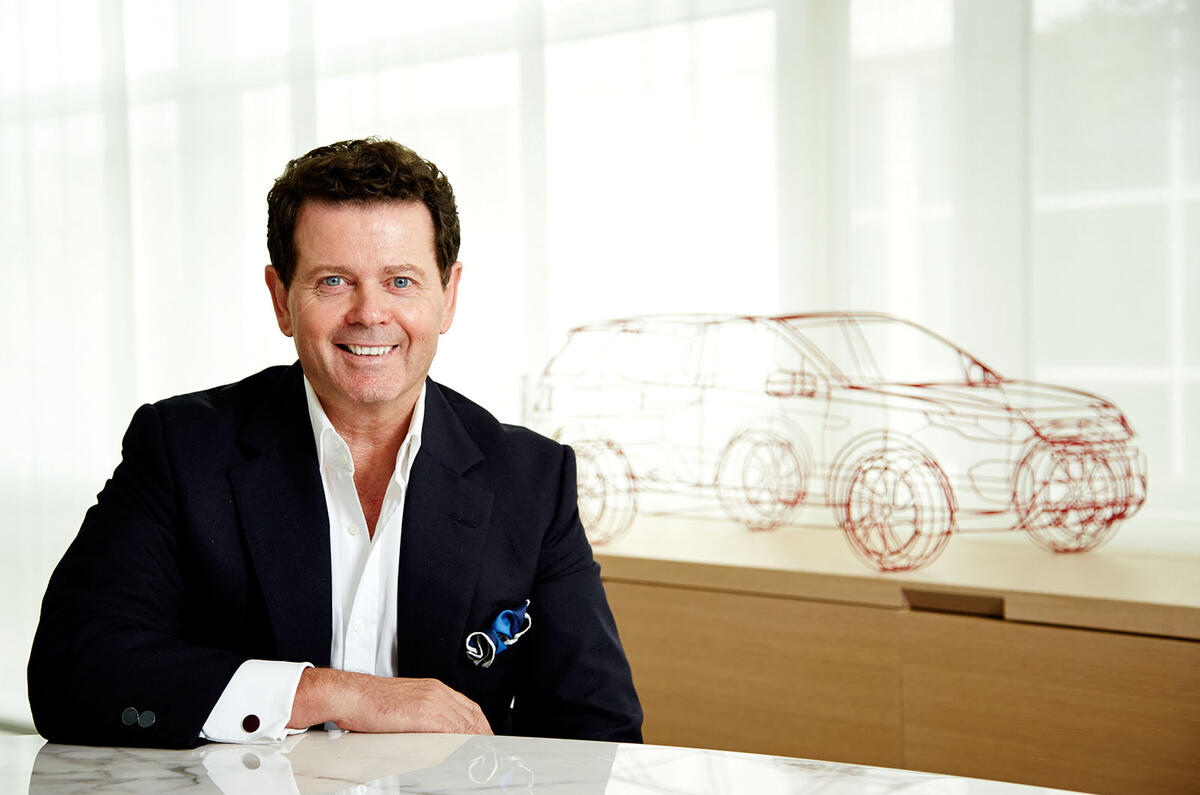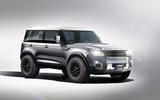Gerry McGovern, Land Rover’s head of design, has proved time and again that he has the Midas touch when it comes to both respecting heritage and reinventing for the future.
Few design teams, if any, have got it so consistently right in modern times, be it redefining established market leaders (Range Rover, Range Rover Sport, Discovery Sport) or smashing open all-new sectors (Evoque and, yes, Evoque Convertible).
Read more: New Land Rover Defender is to be the brand's most high-tech car yet
Yet with the Defender, McGovern and his team face their biggest challenge yet. The goal is no less than reinventing an icon, giving it broad enough appeal to triple sales from where the old vehicle left off without denting the credibility of a car that, even in its current absence, is the anchor of the Land Rover brand.
Be in no doubt that, even in these days of booming soft-roader sales, the rough-and-tumble, all-terrain, go-anywhere abilities of the Defender are what underpin Land Rover as an authentic, heritage-laden 4x4 brand.
A hardcore Defender legitimises Land Rover’s branching out into ‘lifestyle’ sectors, as has been done so successfully with the Evoque and, to a degree, the new Discovery. For a parallel, look only to Jaguar, whose bosses knew well that the Jaguar F-Pace and its imminent extended SUV family would never wash without first being underpinned by the Jaguar F-Type.
Can it be done? The target of 50,000 sales a year is modest — few other cars would be developed for such volume gains — but it remains a tall order to retain the cult appeal of a 67-year-old design while adding enough modernity to draw in new buyers. That the launch date has already been put back several years, and the DC100 concept quietly swept aside, shows how hard the task is. Even so, if past form is a guide, McGovern and co will find an answer.
Read more: New Land Rover Defender is to be the brand's most high-tech car yet







Join the debate
Add your comment
New Defender
They may or may not unveil a truly rugged vehicle where form follows function, but I'm not holding my breath. The fact that the man who seems to front all their news releases is Gerry McGovern, their Head of Design, says it all. Many of us will fondly remember when Roger Crathorne was their off-road guru and a link to the history and achievements of the LR brand. And I can remember the excitement of the Darien Crossing expedition by the first Range Rover back in 1970. But all this is now consigned to history and I probably represent an ageing niche market that has little place in JLR's business plan.
New Defender
Over many years though Farmers and utility companies have switched to the cheaper to buy and more road oreintated Japanese pick up trucks.
Any replacement Defender needs to take back some of that worldwide market to succeed.
1stdarkhorse - LR loses its identity to Jeep and Mercedes...